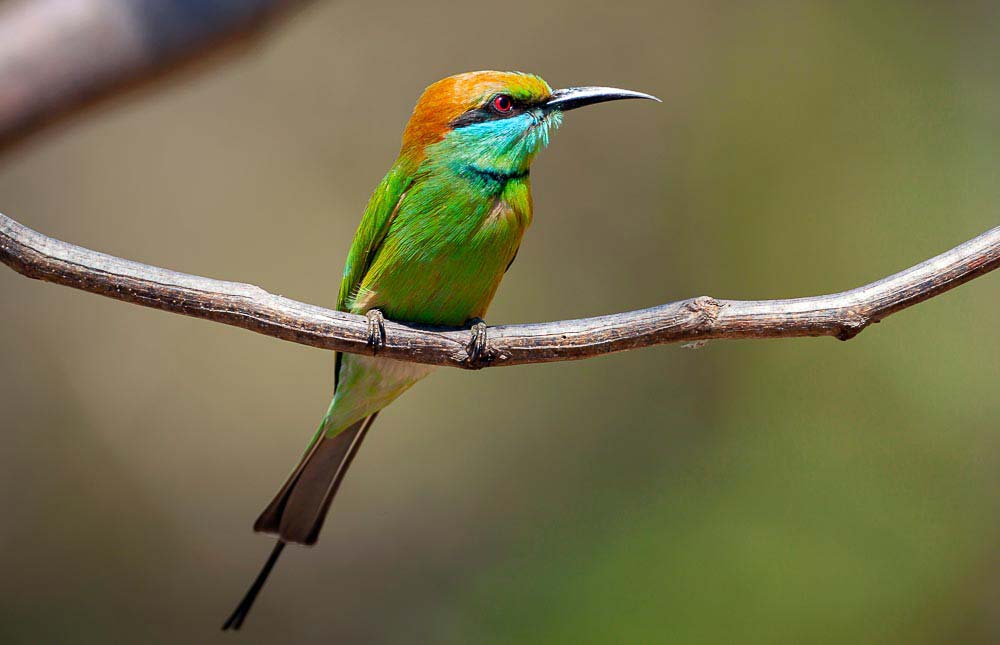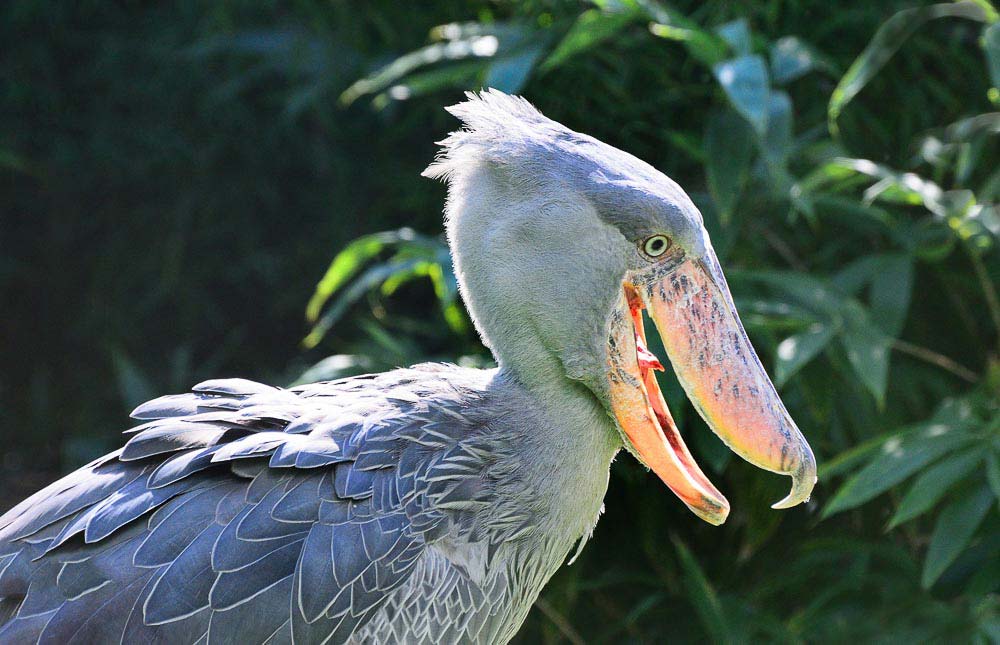
Safari Tours to Mabamba Swamp
-
![16-Day Wildlife & Birding Tour of Uganda]()
16-Day Wildlife & Birding Tour of Uganda
$10,599 to $11,899 pp (USD)
Uganda: Private tour
Mid-range Lodge & Guest HouseYou Visit: Entebbe (Start), Mabamba Swamp, Murchison Falls NP, Toro-Semliki WR, Kibale NP (Chimps), Queen Elizabeth NP, Bwindi Impenetrable NP (Gorillas), Lake Mburo NP, Entebbe (End)

Wayfairer Travel
4.8/5 – 184 Reviews
-
![14-Day Uganda Gorillas, Chimps and Wildlife Luxury Safari]()
14-Day Uganda Gorillas, Chimps and Wildlife Luxury Safari
$8,635 pp (USD)
Uganda: Private tourLuxuryLodge & Hotel
You Visit: Entebbe (Start), Mabamba Swamp, Ziwa Rhino Ranch, Murchison Falls NP, Kibale NP (Chimps), Queen Elizabeth NP, Ishasha Sector (Queen Elizabeth NP), Bwindi Impenetrable NP (Gorillas), Lake Bunyonyi, Lake Mburo NP, Entebbe Airport (End)

Pamoja Tours and Travel (Entebbe, UG)
4.8/5 – 59 Reviews
-
![17-Day Wildlife and Nature Safari]()
17-Day Wildlife and Nature Safari
$6,050 pp (USD)
Uganda: Private tourBudgetCamping & Lodge
You Visit: Entebbe (Start), Kampala (City), Mabamba Swamp, Sipi Falls (Highlight), Kidepo Valley NP, Murchison Falls NP, Fort Portal (Town), Semuliki NP, Kibale NP (Chimps), Queen Elizabeth NP, Ishasha Sector (Queen Elizabeth NP), Bwindi Impenetrable NP (Gorillas), Lake Bunyonyi, Lake Mburo NP, Entebbe (End)

Bushman Safaris
5.0/5 – 41 Reviews

 Uganda Parks
Uganda Parks











